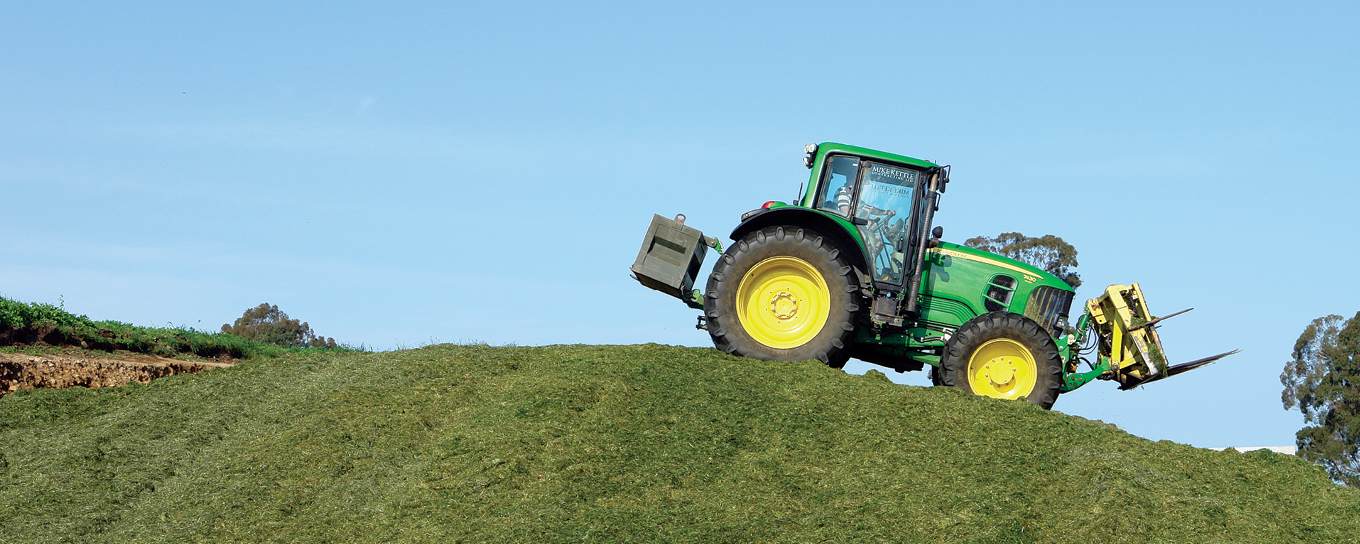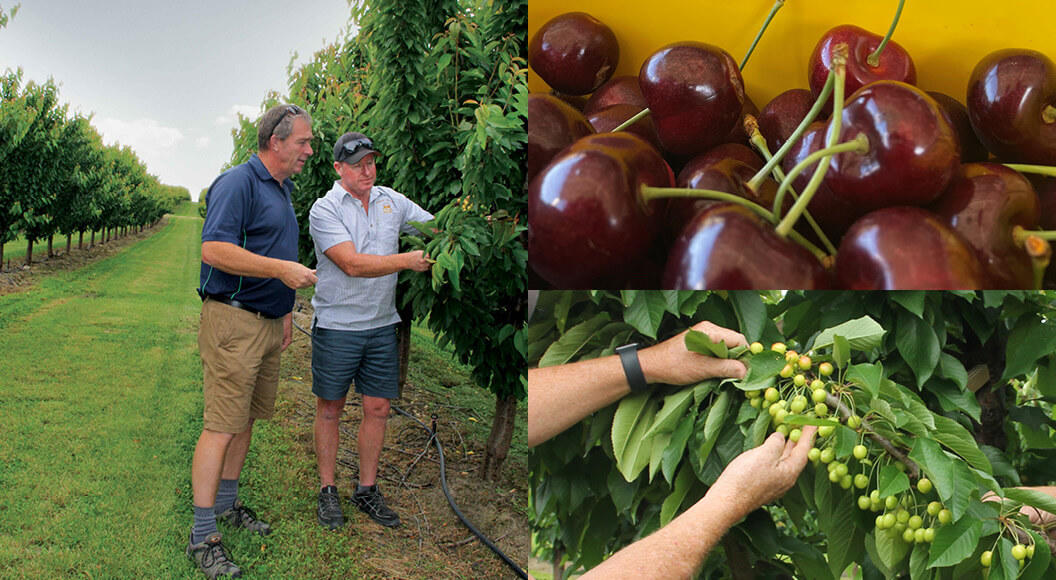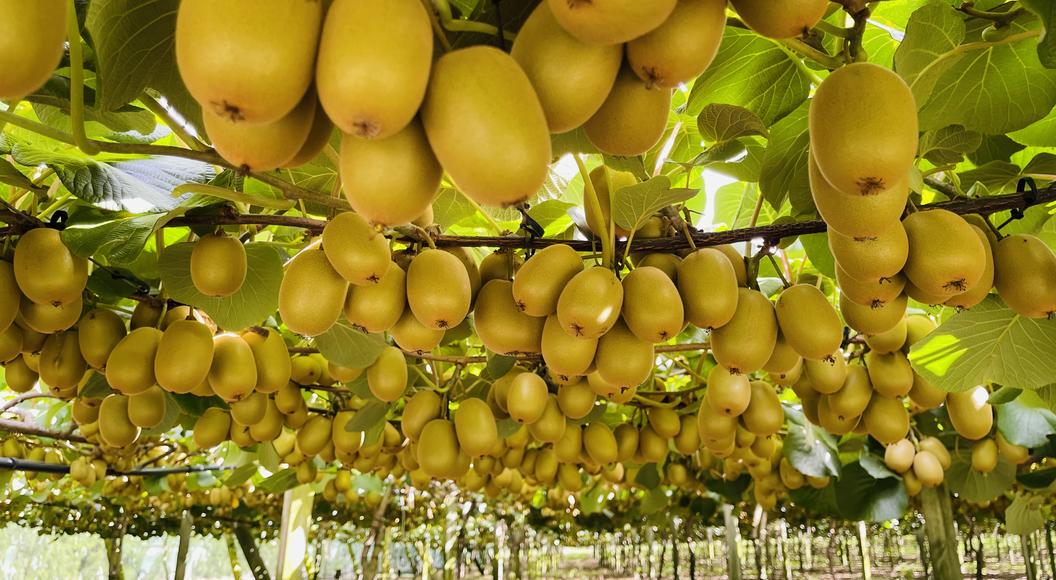
Silage inoculants give advantage
Pasture and crop silages are an incredible source of dry matter and nutrients for livestock when they need it most, but not all silage is created equally. The amount of dry matter, nutrients and feed energy lost in the silage stack is largely determined by the speed and quality of fermentation, which in addition to several other factors, is influenced by the type and number of fermentation
bacteria present.
Minimising nutrient loss in the silage stack can be well-managed by using a quality inoculant such as Pioneer®brand inoculants. Pioneer inoculants are applied to the crop or pasture at harvest time and provide optimal strains of lactic acid-producing bacteria in ideal numbers to efficiently ferment the pasture or crop.Once a silage stack has been sealed, anaerobic bacteria multiply and convert sugars to acid which preserves the silage. For the best silage, high levels of lactic acid producing bacteria is important. Quality silage inoculants contain strains of the most efficient lactic acid producing bacteria in guaranteed numbers.
This results in:
- Greater dry matter retention: less shrinkage, spoilage and run-off.
- Improved silage digestibility and palatability: higher feed energy levels.
- Increased animal performance: more milk or meat per tonne of silage fed.
Pioneer offers three tested and roven product options that can help improve silage quality:
- Pioneer brand 1127: (pasture specific inoculant) Improves the feed value andconsequently the milk and/or meat production of pasture silage.
- Pioneer brand 1174: Suitable for all types of silage including pasture, cereal and lucerne silage.
- Pioneer 11H50: (lucerne specific inoculant)
Produces top-quality lucerne silage for high-producing livestock operations. Independently reviewed New Zealand research showed Pioneer brand inoculants improved fermentation speed and qualityand that Pioneer brand 1174 was shown to have a greater rate of pH decline1. Faster fermentation speed and quality means fewer dry matter, nutrient and feed energy losses. This can translate to increased milk or meat production from every tonne of forage ensiled. For everydollar spent on Pioneer 1127 inoculant, dairy farmers can expect a milksolids return of $4.752.
Ask your PGG Wrightson Technical Field Representative about which inoculant is most suitable for your farm system to get the most out of your silage this spring.
SUPPLIED BY PIONEER BRAND PRODUCTS
1Kleinmans et al, 2011. Using silage inoculants to improve quality of pasture and maize in New Zealand. Proceedings of New Zealand Grasslands Association 73:75-80.
2Return on investment is calculated using a typical 1127 cost and a milksolids payout of $7.00 per kgMS. Dry matter recovery data used in this calculation is based on 16 pasture silage trials conducted at independent European research stations and submitted to the official German silage additive approval scheme (Vaitikunas W. 1992. University Gotteingen, Germany;Yan and Patterson. 1995. Agricultural Research Institute of Northern Ireland). Milk production per tonne of pasture silage fed is based on three independent dairy cow feeding trials.


